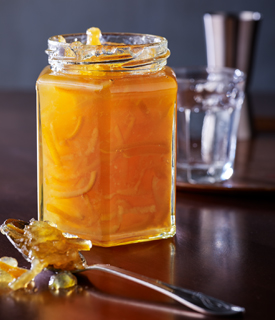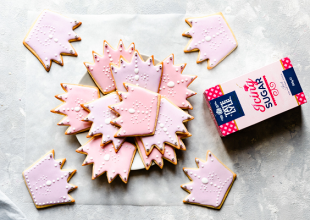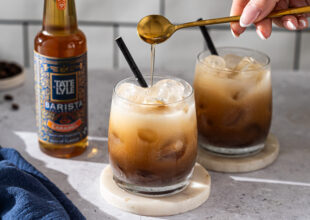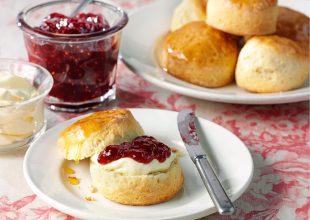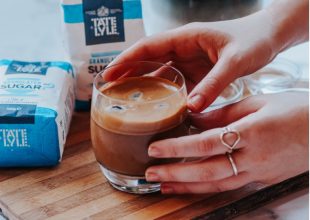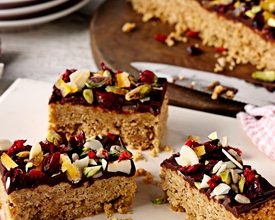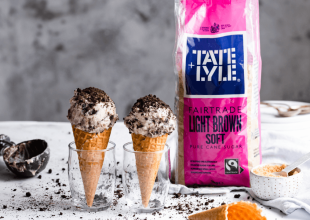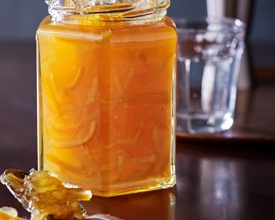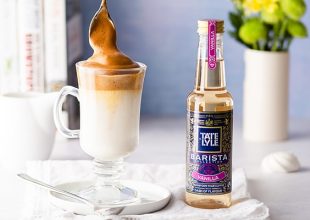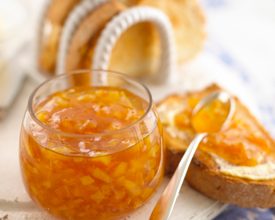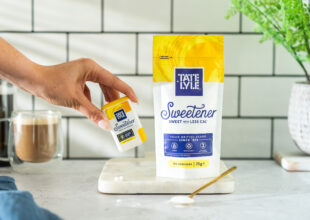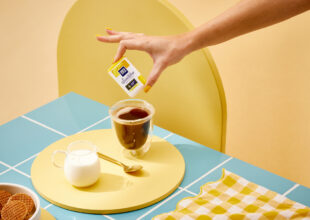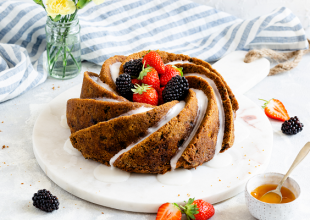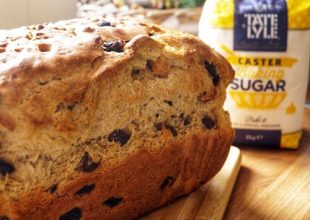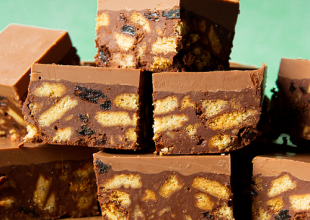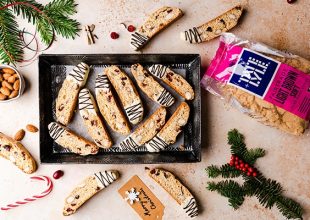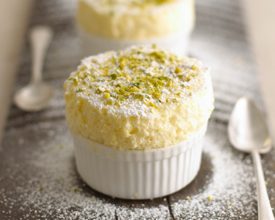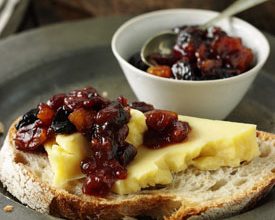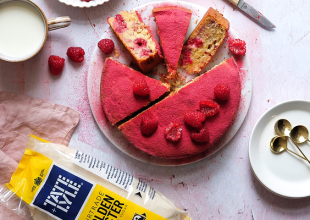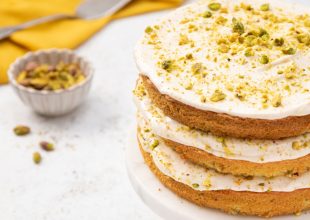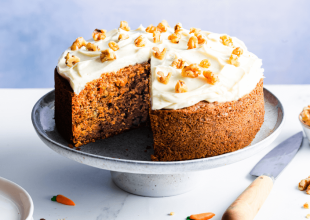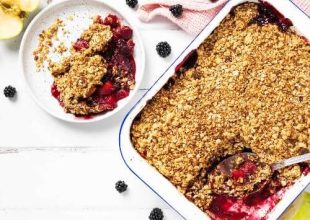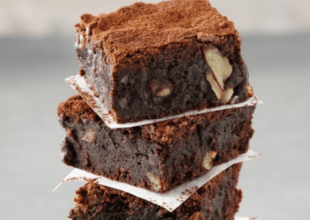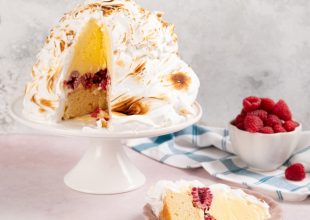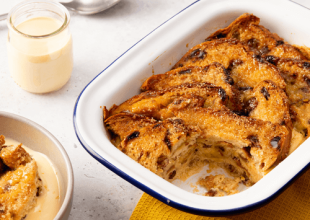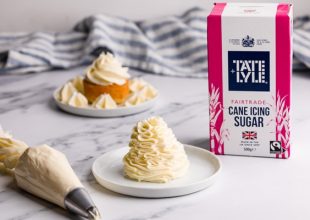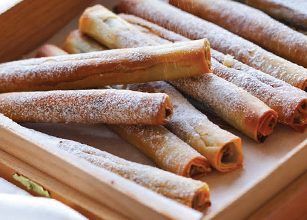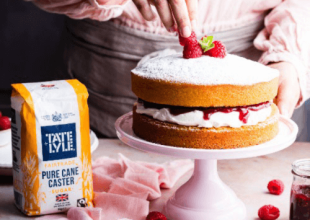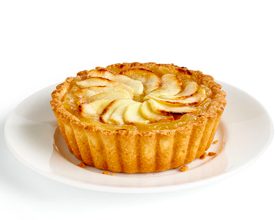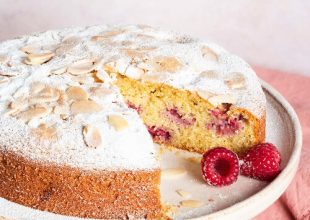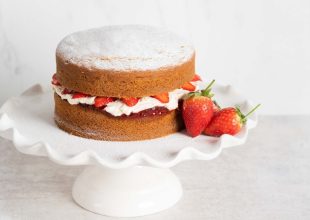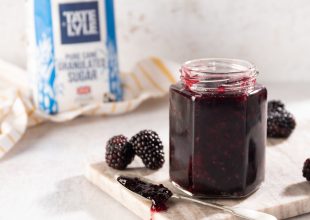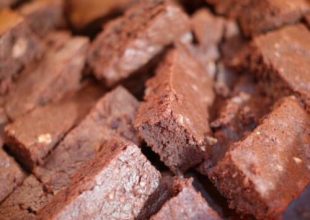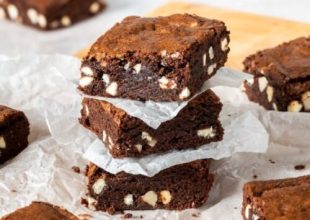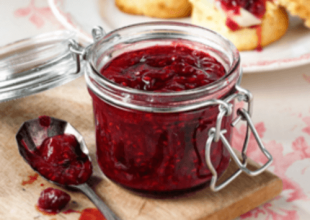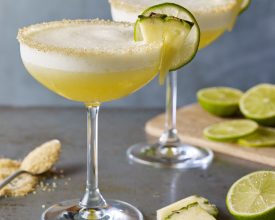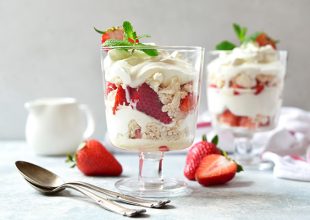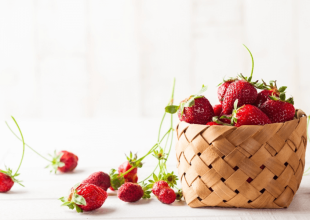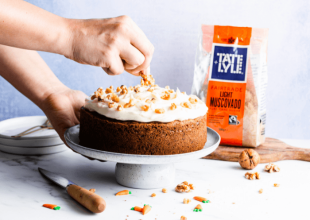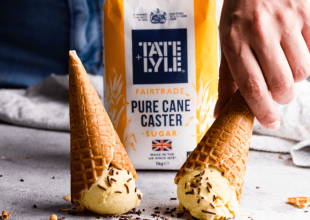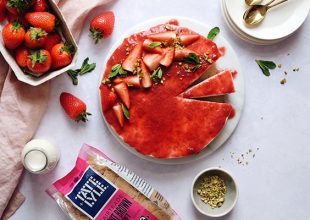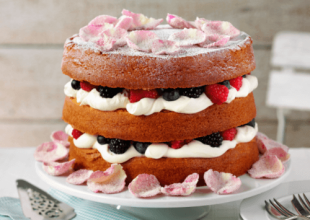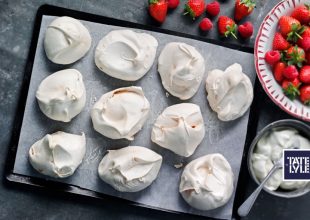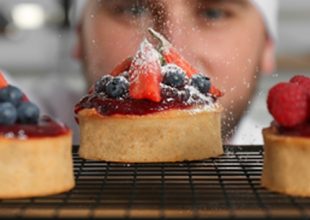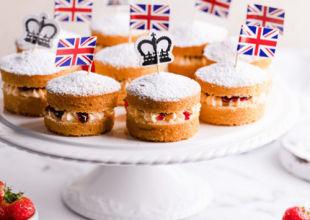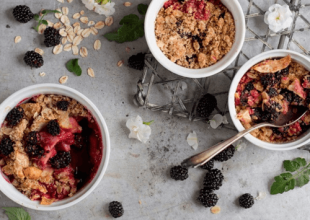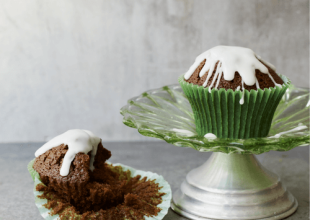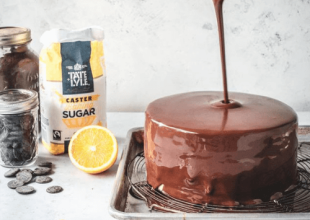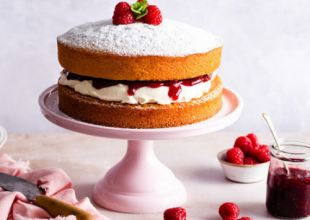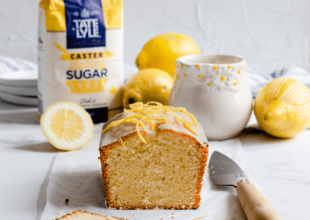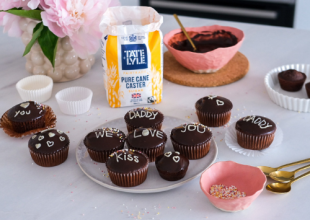Marvellous Marmalade Recipes To Brighten Your Day
Ever thought your toast could use a bit more pizzaz? Look no further! Marmalade might just be the perfect solution. Whether you’re a traditionalist or an adventurous foodie, the countless varieties of marmalade are sure to bring a burst of citrusy joy to your mornings.
In this article, discover a selection of delicious marmalade recipes and tips to help you create the perfect spread.
Essential ingredients for homemade marmalade
Creating the perfect marmalade only requires just a few ingredients. Understanding the role each one plays will help you achieve the best results in flavour and texture.
Citrus fruits
The foundation of any marmalade is citrus fruit, which is what distinguishes it from jam. While Seville oranges are traditionally used for their robust flavours, you can use a variety of citrus fruits such as lemons, limes, and grapefruits.
Tate & Lyle Preserving Sugar
Sugar is the key ingredient that preserves the marmalade and gives it its signature consistency. Not all sugars are the same, and choosing the right one is crucial.
Avoid caster sugar, as its fine crystals dissolve too quickly. Jam sugar, which contains added pectin (a thickening agent), is unnecessary for marmalade, as citrus fruits contain high levels of natural pectin.
Tate & Lyle Preserving Sugar, with its larger, slower-dissolving crystals, reduces the need for constant stirring and prevents burning—ensuring a smooth cooking process and a clear, beautiful marmalade.
Water
Water is a vital ingredient in the marmalade-making process as it softens the peel and helps extract the pectin from the fruit. The right amount of water ensures your marmalade achieves the perfect setting point without being too thick or too runny.
Tips to make marvellous marmalade
With the right tools and techniques, you can create a stunning marmalade. Here are some essential tips to ensure your marmalade turns out perfectly every time.
#1 – Use the right pan
Every successful marmalade begins with the right tools. Using a large, heavy-bottomed pan is crucial, as it ensures your marmalade cooks evenly and prevents burning.
The heavy bottom disperses heat for an even boil, and the wide deep sides help the evaporation process. A preserving pan is ideal for this purpose, but a sturdy large saucepan will also suffice.
#2 – Consistency is key
Whether you prefer thin, medium, or thick-cut peel, uniformity is crucial for even cooking and a superior final texture. Ensure your shreds are consistent, as this will produce the best results.
#3 – Sterilise your jars and lids
Proper sterilisation ensures that your marmalade remains fresh and safe to eat for months.
Wash your jars, lids and rubber seals (if your jars have them) in hot soapy water, rinse and then place on a baking tray. After that, put them in a preheated oven at 140°C (120°C fan) for 20 minutes.
You should also sterilise all utensils that will contact your marmalade in boiling water for a few minutes.
#4 – Checking when it’s set
A sugar thermometer is a really easy way to check if your marmalade is ready (it’s usually set between 104°C and 105.5°C). But if you don’t have a sugar thermometer, there are traditional methods you can use to check your marmalade:
• The wrinkle test: Chill some saucers in the freezer. After boiling the marmalade for 15 minutes, spoon a bit of the mixture onto a cold saucer, let it cool for two minutes, and push it with your finger. If the surface wrinkles, it’s set. If not, boil for another five minutes and repeat.
• The flake test: Dip a wooden spoon into the marmalade and let it drip back into the pan. If the marmalade drops in flakes, it’s ready.
#5 – Don’t overcook!
Overcooking can ruin the texture and flavour of your marmalade. It’s a good idea to remove your pan from the heat while you test it to see if it’s set. Leaving it to boil as you do so could risk boiling away too much water, leaving you with a thick, rubbery marmalade.
#6 – Perfecting the finishing touches
The final step in marmalade making is potting. Proper potting techniques ensure that your marmalade is well-preserved and looks as good as it tastes.
Let the marmalade settle for 15 minutes in the pan before potting. This helps suspend the peel evenly throughout the jars.
Use reliable oven gloves and a stainless steel wide-mouth funnel to safely pour the hot marmalade into the sterilised jars. Once cooled, tighten the lids and clean any residue from the jar exteriors with a warm, wet cloth.
Mouth-watering marmalade recipes to try
Now that you’re equipped with the essential tips for making perfect marmalade, it’s time to get creative in the kitchen. Here are some delicious marmalade recipes to inspire you.
Seville orange marmalade
Experience the authentic taste of homemade Seville orange marmalade. This recipe brings out the best of these unique oranges, combining their vibrant flavour with a touch of sweetness. Perfect for spreading on toast or gifting to loved ones, this marmalade captures the essence of traditional preserving techniques.
Mojito lime marmalade
This recipe combines lime and lemon with a hint of rum and mint, creating a unique spread. Perfect for adventurous palates, this marmalade brings a burst of freshness to your toast, scones, or even as a glaze for meats.
Pink grapefruit marmalade
Brighten your mornings with the delightful zing of pink grapefruit marmalade. This recipe perfectly balances the tartness of pink grapefruit with a touch of sweetness, creating a refreshing spread that’s sure to awaken your taste buds.
Make the very best marmalade with Tate & Lyle Sugars
Ready to create the perfect marmalade? Tate & Lyle Preserving Sugar is your go-to choice for achieving the ideal texture and flavour—be sure to grab some before you start cooking!
Explore our selection of mouth-watering marmalade recipes and more on our website.
